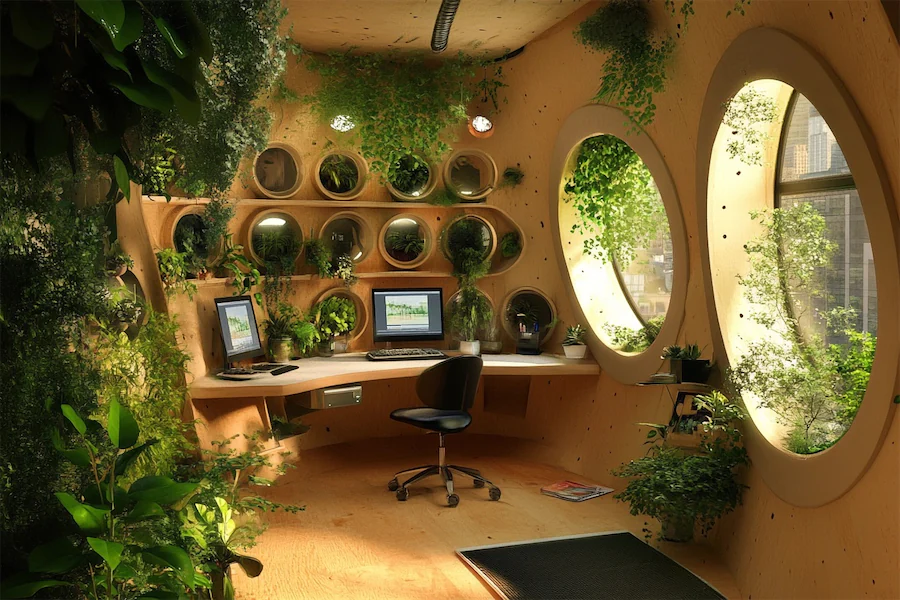Designing a sustainable office room involves creating a workspace that minimizes environmental impact while promoting employee well-being and productivity. This approach integrates eco-friendly materials, energy-efficient technologies, and thoughtful design strategies to achieve a harmonious balance between functionality and environmental responsibility.
Introduction to Sustainable Office Design
Sustainable office design focuses on reducing resource consumption, minimizing waste, and creating healthy environments for occupants. By incorporating sustainable practices, businesses can lower operational costs, enhance employee satisfaction, and contribute positively to environmental conservation.
History and Origins of Sustainable Office Design
The evolution of sustainable office design has been influenced by the growing awareness of environmental issues and the need for energy efficiency. In the 1970s, the focus was primarily on reducing energy consumption. Over the decades, this focus expanded to include aspects like indoor environmental quality, use of sustainable materials, and overall building performance. Notable milestones include the development of green building certifications such as LEED (Leadership in Energy and Environmental Design), which set standards for environmentally responsible construction and operation.
Key Features of Sustainable Office Design
- Energy Efficiency: Implementing energy-efficient lighting, HVAC systems, and appliances to reduce energy consumption.
- Use of Sustainable Materials: Selecting materials with low environmental impact, such as reclaimed wood, bamboo, or recycled metal, for furniture and fixtures.
- Indoor Environmental Quality: Enhancing indoor air quality, natural lighting, and acoustics to promote occupant well-being.
- Water Conservation: Utilizing low-flow fixtures and water-efficient landscaping to conserve water resources.
- Waste Reduction: Designing for waste minimization through recycling and composting facilities.
Applications of Sustainable Office Design
- Adaptive Reuse: Repurposing existing buildings for office spaces to reduce construction waste and preserve resources.
- Biophilic Design: Incorporating natural elements like plants and natural materials to enhance the connection to nature.
- Flexible Workspaces: Designing adaptable spaces that can be reconfigured to meet changing needs, reducing the need for new construction.
- Integration of Passive Design Strategies: Employing natural ventilation, daylighting, and thermal mass to reduce reliance on mechanical systems.
Considerations When Choosing Sustainable Office Design
- Budget Constraints: While some sustainable solutions may have higher upfront costs, they often lead to long-term savings.
- Building Regulations: Compliance with local building codes and sustainability standards is essential.
- Occupant Needs: Design should prioritize the health, comfort, and productivity of employees.
- Technological Integration: Incorporating smart building technologies can enhance energy efficiency and occupant experience.
Conclusion
Adopting sustainable office design principles leads to environmentally responsible, cost-effective, and health-promoting workspaces. By focusing on sustainability and efficiency, organizations can create offices that benefit both people and the planet.
